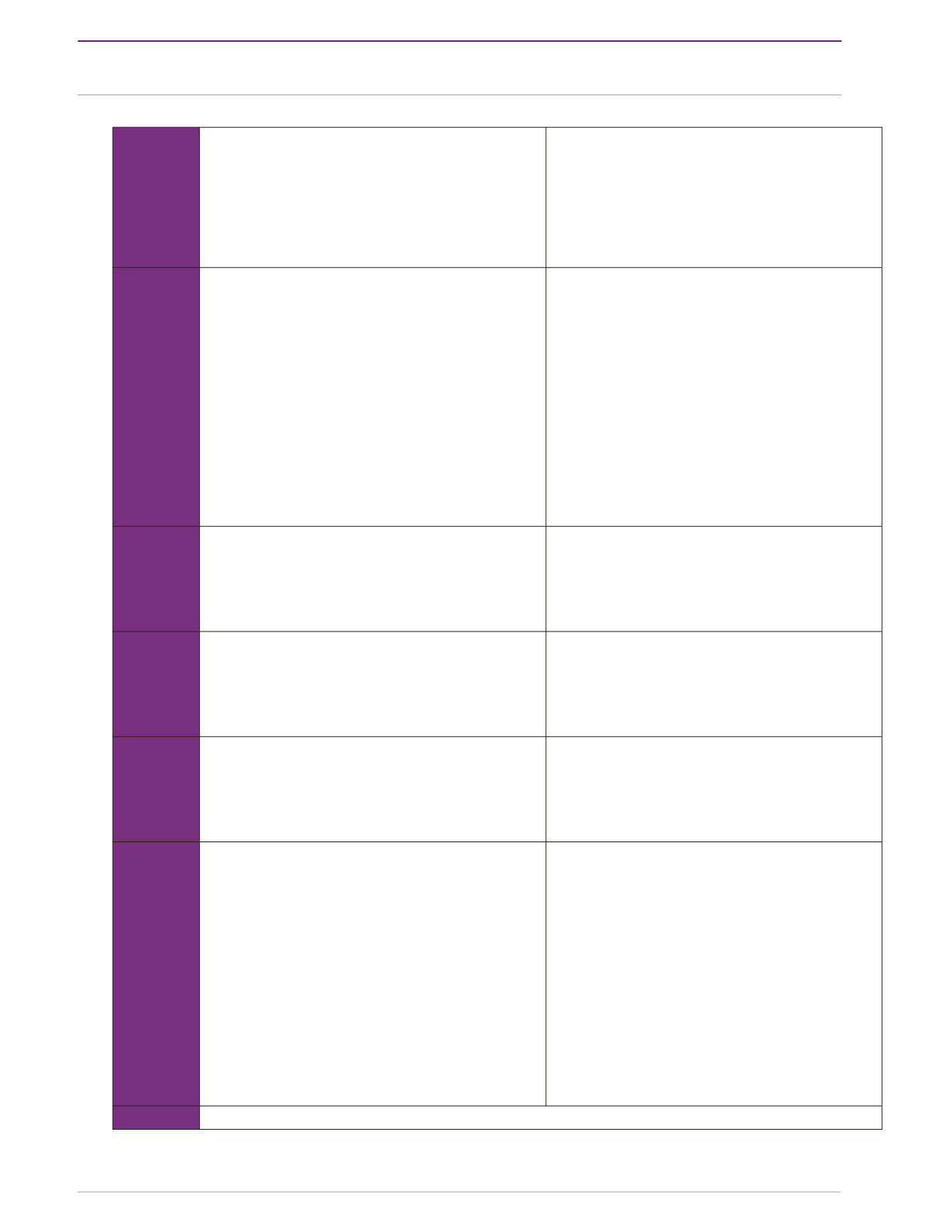
SOCIAL SECTOR INVESTMENT PROGRAMME
90
SUSTAINING GROWTH, SECURING PROSPERITY
CHAPTER 5: REVIEW OF SOCIAL PROGRAMMES
AND INITIATIVES FOR 2013
INITIATIVE
MEDIUM
TERM
PRIORITY
(Where
Applicable)
BENEFICIARY
CATEGORY
PROJECT
OUTPUT
ACHIEVEMENTS
OUTCOME
MINISTRY OF COMMUNITY DEVELOPMENT
GERIATRIC ADOLESCENT
PARTNERSHIP PROGRAMME (GAPP)
This programme seeks to: develop and
foster in trainees positive attitudes
about caring and respect for the elderly,
assist the elderly with daily living
activities, foster a professional approach
to work in trainees, foster national
consciousness and improve social
interaction among persons in various
communities. Students receive training
at two levels - Level I (17-25) and Level II
(18-30). The graduates provide geriatric
care to the elderly.
N/A
Young persons
and adults
between the
ages of 17-25
and 18-30
years and
older persons
60 years and
over
Young persons
between the
ages of 17-25
(Level I) and
18-30 (Level
II) who are
knowledgeable
and skilful in
elder care
For the period October 2012 to March
2013:
•
A total of
169 Level II trainees - 2
male and 167 female
- received
full certificates.
•
Level I training courses with a
total enrolment of
279 trainees
– 4 male and 275 female
– are
currently in progress.
•
A total of
7,200 older persons
benefited from the programme
during the period.
•
600 caregivers
provided
assistance to the elderly (home
care and assistance) during the
reporting period.
Level II trainees received additional
certificates in Occupational Therapy,
Drug Administration and Alzheimer’s
Treatment. The trainees also
completed 4 weeks of Practicum at
various Institutions.
An Efficient and
Effective Social
System for the Poor
and Vulnerable
EXPORT CENTRES COMPANY
LIMITED (CRAFTTRAINING
PROGRAMMES)
The objectives of these progammes are
to:
•
Increase the skill and income
levels as well as opportunities for
employment of the target group;
•
Increase the marketability of the
country as a producer of high
quality craft;
•
Provide an avenue for foreign
revenue earnings;
•
Protect the local handicraft market
from foreign competitors;
•
Revive a dying craft and other
indigenous art forms; and
•
Support tourism through the supply
of high quality indigenous craft and
souvenirs.
Poverty
Reduction
and Human
Capital
Development
Skilled and
semi-skilled
youth, men
women,
and older
persons within
communities.
Unemployed
persons
Recipients of
community-
based training
and education
During the period October 2012 to
May 2013, a total of
821 persons
benefited from craft training in 22
programmes
including: Airbrush
technique, Curtain Making, Event
Management, Fabric Design, Fashion
Wear, Flower Craft, Glass Engraving,
Hats and Bags, Jewellery Design,
Leather Craft and Linen and Drapery.
Self-reliant and
sustainable
communities


